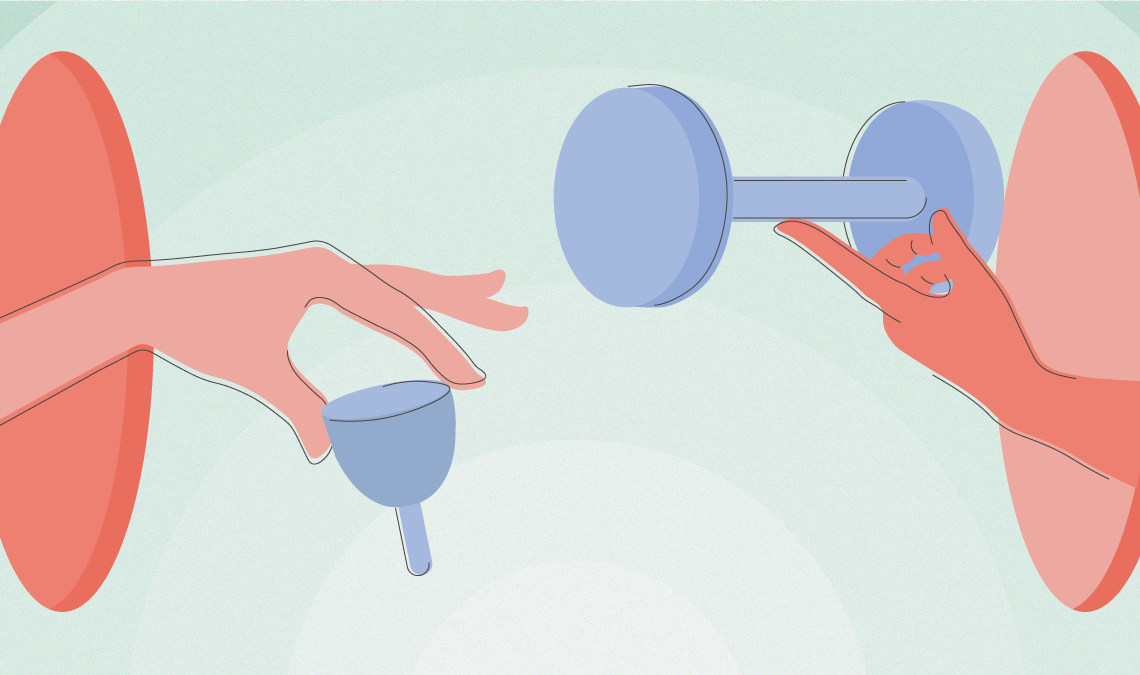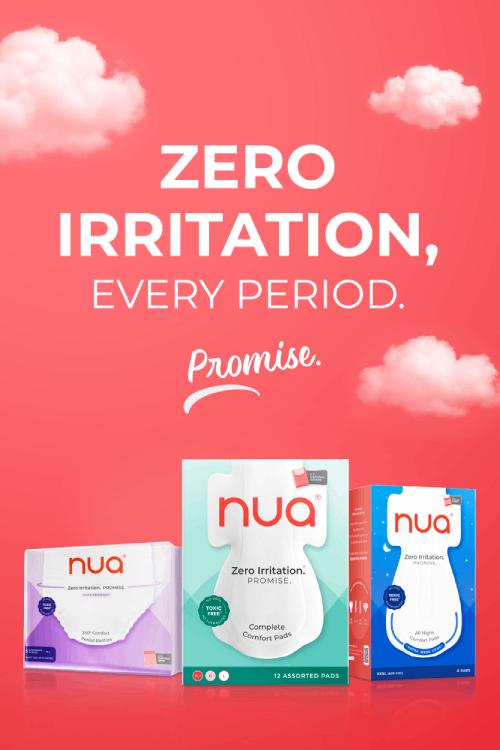Menstruation is a natural part of life for individuals with a uterus, and it can bring about a variety of physical and emotional changes. One common question that arises is whether or not one should engage in physical exercise during their period. The answer is not a simple yes or no—it depends on individual preferences, symptoms, and overall health. In this blog post, we’ll explore the benefits and considerations of working out during menstruation, along with some practical tips for staying active.
Benefits of Exercising During Your Period
- Pain Relief
- Endorphin Release: Exercise stimulates the production of endorphins, the body’s natural painkillers, which can help reduce menstrual cramps and overall discomfort.
- Improved Blood Circulation: Physical activity enhances blood flow, which can help alleviate menstrual pain.
- Mood Improvement
- Stress Reduction: Exercise is known to reduce stress and anxiety levels by lowering cortisol (the stress hormone) and increasing serotonin and dopamine levels, which boost mood.
- Combatting PMS Symptoms: Regular physical activity can help mitigate symptoms of premenstrual syndrome (PMS) such as irritability, fatigue, and depression.
- Energy Boost
- Combatting Fatigue: While it may seem counterintuitive, engaging in moderate exercise can increase energy levels and reduce the feeling of lethargy often associated with menstruation.
- Regulation of the Menstrual Cycle
- Hormonal Balance: Regular exercise can help maintain hormonal balance, potentially leading to more regular and manageable menstrual cycles over time.
Considerations for Exercising During Menstruation
- Listen to Your Body
- Symptoms Check: Pay attention to your body’s signals. If you experience severe cramps, heavy bleeding, or fatigue, it might be best to opt for lighter activities or rest.
- Adjust Intensity: Modify the intensity of your workouts based on how you feel. Low-impact exercises such as walking, yoga, and stretching can be beneficial if high-intensity workouts feel too demanding.
- Type of Exercise
- Low-Impact Activities: Yoga, Pilates, and gentle stretching can help relieve cramps and improve flexibility without putting too much strain on your body.
- Cardiovascular Exercise: Moderate cardio activities like walking, swimming, or cycling can boost your mood and energy levels.
- Strength Training: Light to moderate strength training can be beneficial, but be mindful of your body’s limits.
- Hydration and Nutrition
- Stay Hydrated: Drink plenty of water to stay hydrated, as dehydration can exacerbate cramps and fatigue.
- Balanced Diet: Ensure you’re eating a balanced diet rich in iron and other essential nutrients to compensate for any menstrual blood loss.
- Comfort and Hygiene
- Appropriate Gear: Wear comfortable, breathable clothing and choose appropriate menstrual products (such as tampons, menstrual cups, or period panties) to ensure you feel secure and comfortable during your workout.
- Hygiene Practices: Maintain good hygiene to prevent infections and discomfort. Change menstrual products regularly and consider showering after workouts to stay fresh.
Practical Tips for Working Out During Your Period
- Plan Ahead: Keep track of your menstrual cycle to anticipate and plan for the days when you might need to adjust your workout routine.
- Warm Up and Cool Down: Always include a proper warm-up and cool-down session to prevent injuries and ease muscle tension.
- Rest When Needed: It’s okay to take a break or have a rest day if your symptoms are particularly bothersome. Listen to your body and don’t push yourself too hard.
- Stay Motivated: Find activities you enjoy and that make you feel good. Exercising with a friend or joining a group class can provide motivation and support.
Conclusion
Working out during your period can have numerous benefits, from pain relief and mood improvement to increased energy and better regulation of your menstrual cycle. However, it’s important to listen to your body and make adjustments based on how you feel. By choosing the right type of exercise, staying hydrated, and maintaining good hygiene, you can stay active and healthy throughout your menstrual cycle.
Remember, every body is different. What works for one person might not work for another. Consult with a healthcare provider if you have specific concerns or experience severe symptoms during your period.



